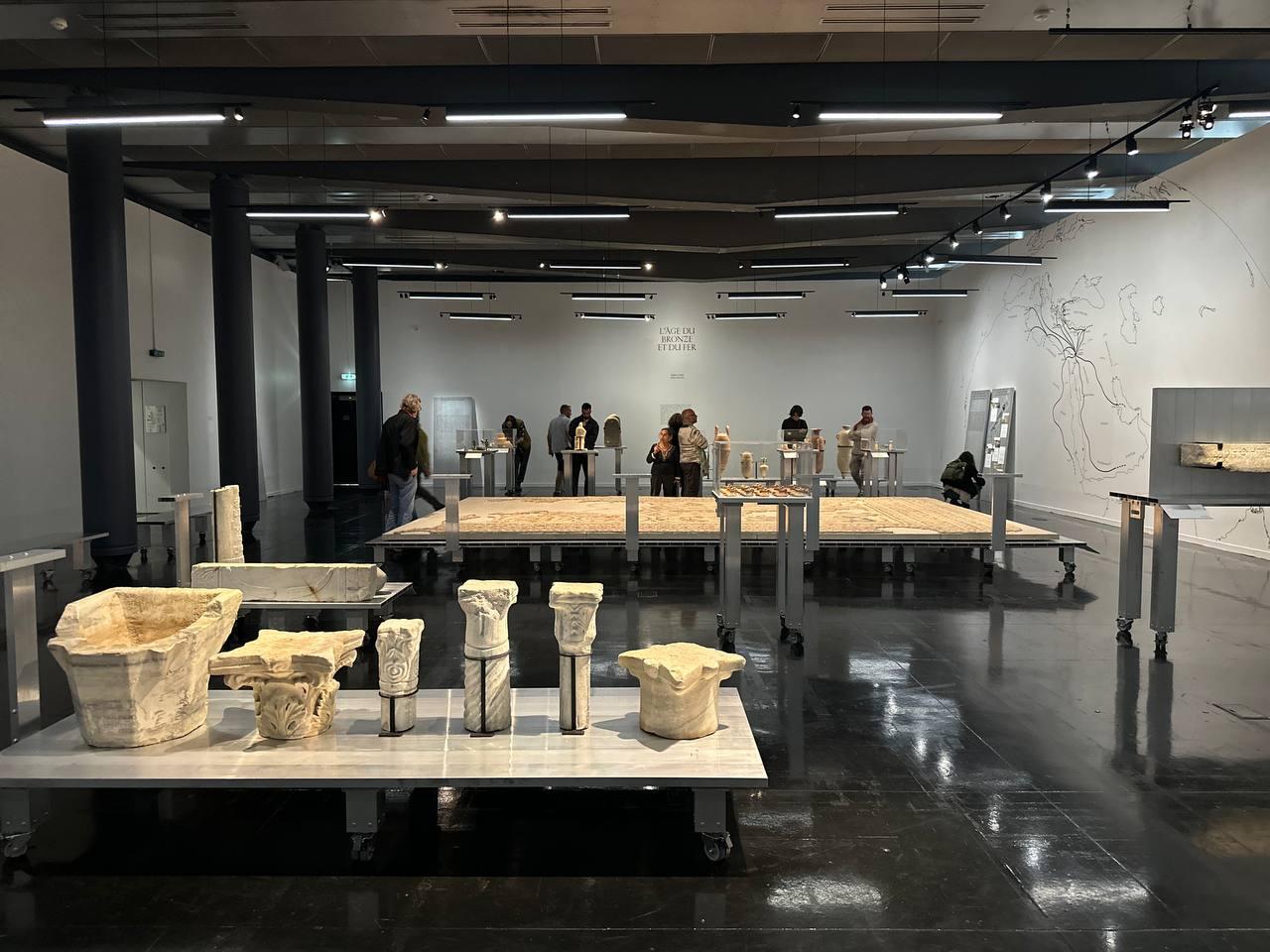
As Israel's devastating war and blockade continue in Gaza, a landmark exhibition in Paris is stepping in to safeguard what remains of the region’s irreplaceable cultural heritage. Titled Gaza’s Saved Treasures: 5,000 Years of History, the show at the Institut du Monde Arabe runs from April to November 2025 and features nearly 100 archaeological masterpieces that illuminate Gaza’s millennia-long story.
Once a thriving Mediterranean hub of trade, religion, and cultural convergence, Gaza now faces not only physical destruction but also a deeper threat of erasure from the world’s collective memory.
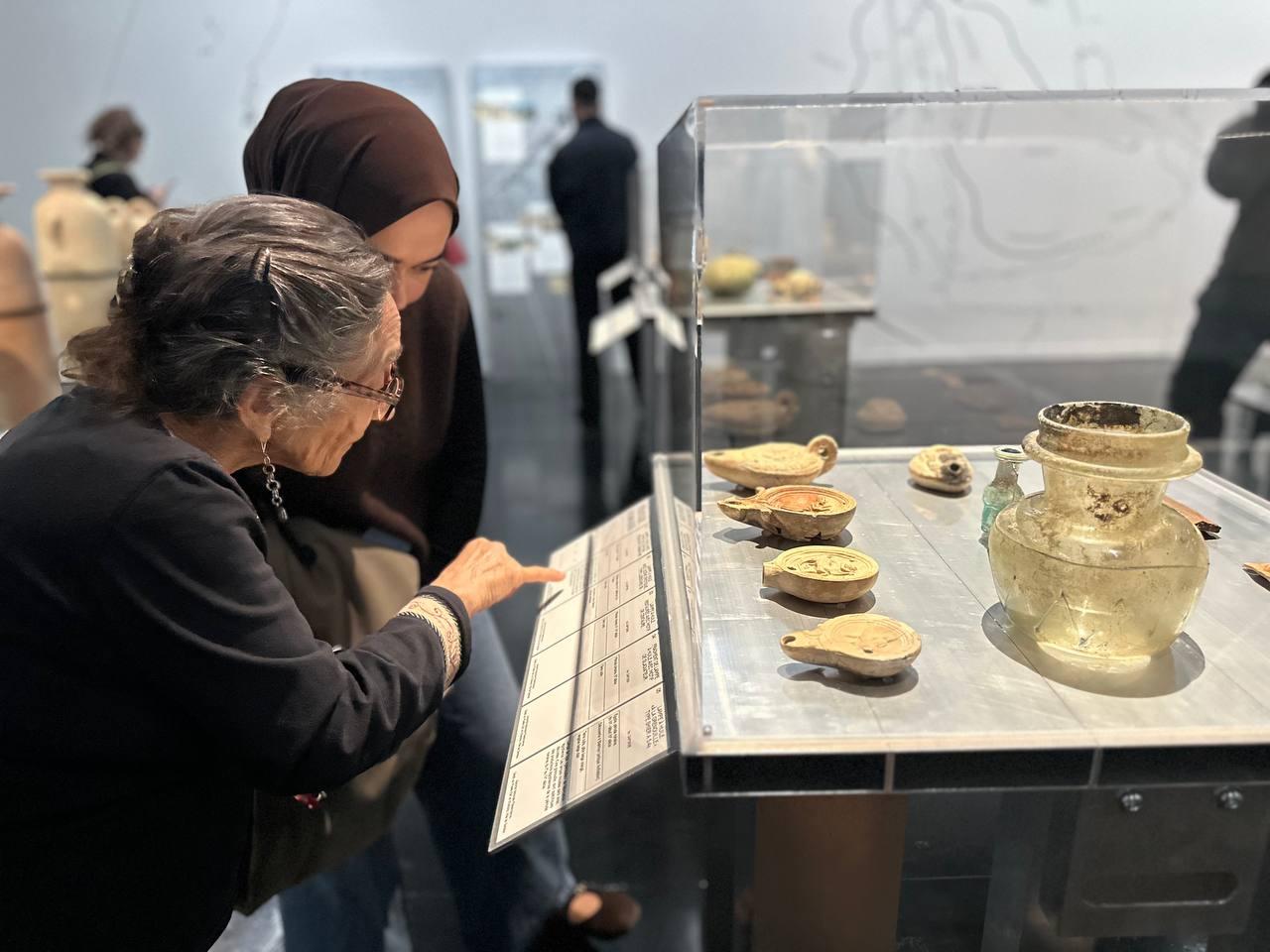
The exhibition pays homage to Gaza’s strategic role throughout history — a city contested and celebrated by empires from Egypt and Persia to Rome and the Ottomans. Gaza’s position made it a bridge between continents and cultures, fostering exchanges between Canaanite, Egyptian, Philistine, Neo-Assyrian, Babylonian, Persian, Greek, Roman, Byzantine, Islamic, and Crusader civilizations.
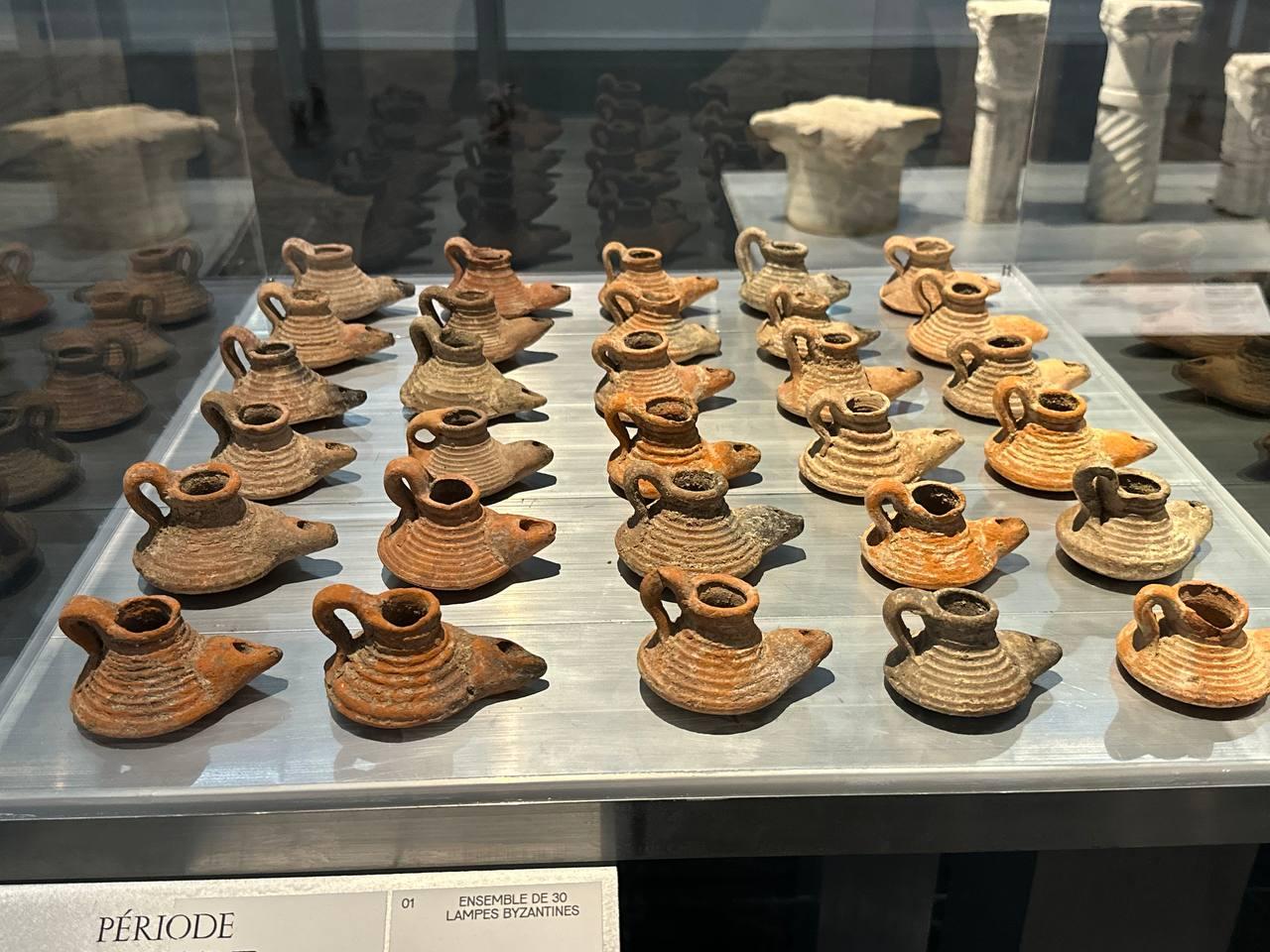
Among the show’s highlights are amphorae used in the ancient wine trade, oil lamps, Roman coins, Hellenistic figurines, and a stunning Byzantine mosaic from Jabaliya — an artifact that once adorned a Christian ecclesiastical complex and stands as a testament to Gaza’s early Christian identity.
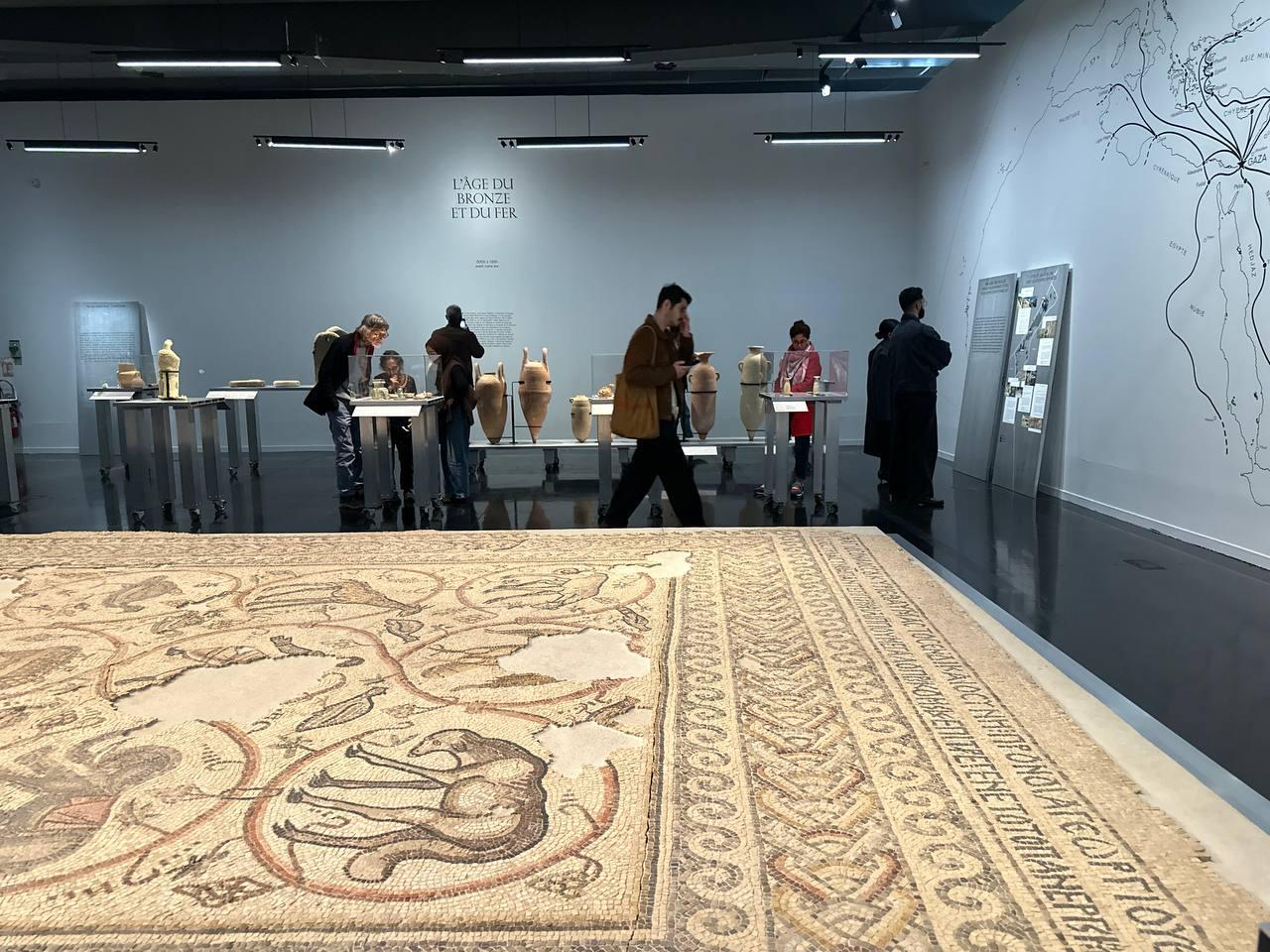
The urgency of the exhibition is underscored by recent events. Since Israel’s military campaign began in October 2023, nearly 70 cultural heritage sites in Gaza have been destroyed or damaged, according to UNESCO. Among the losses is the Greek Orthodox Church of Saint Porphyry — one of the oldest continuously active churches in the world.
What once were historic temples, mosaics, and ancient tombs have been reduced to rubble. In this context, the Paris exhibition becomes a defiant act of preservation — a museum in exile that protects Gaza’s story from vanishing altogether.
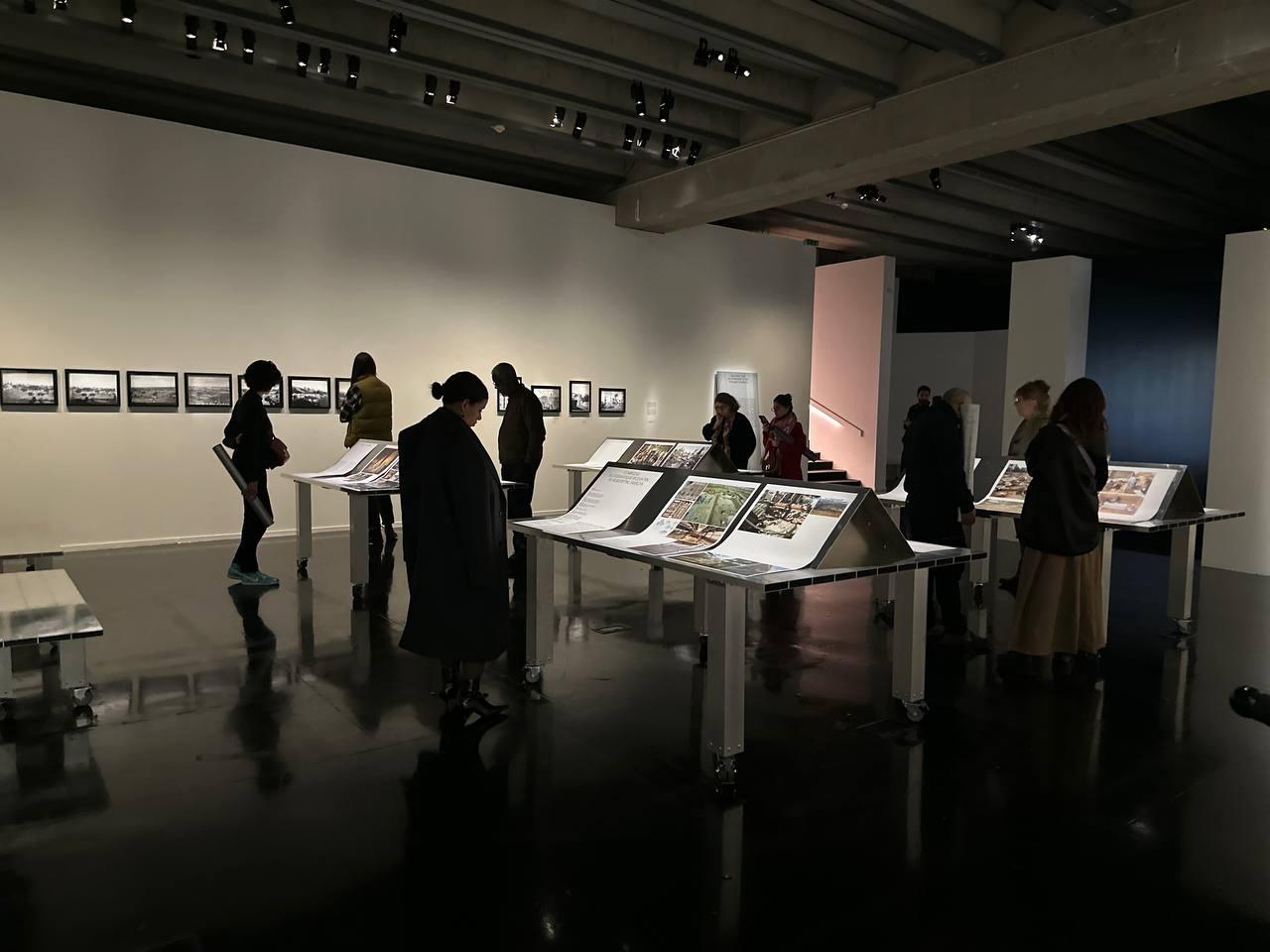
Much of the exhibit is sourced from over 500 objects housed since 2007 in Geneva’s Museum of Art and History. These artifacts were entrusted to Switzerland by the Palestinian National Authority, many of them unearthed during Franco-Palestinian excavations beginning in 1995.
In addition, rare documentation — including early 20th-century photographs — offers a poignant visual timeline of Gaza’s enduring heritage.
A dedicated section uses satellite imagery and field data to map the cultural devastation wrought since 2023, ensuring visitors cannot ignore the political and humanitarian context. The curators openly refer to Israel’s campaign as a “brutal genocide,” connecting cultural erasure with systemic occupation and blockade.
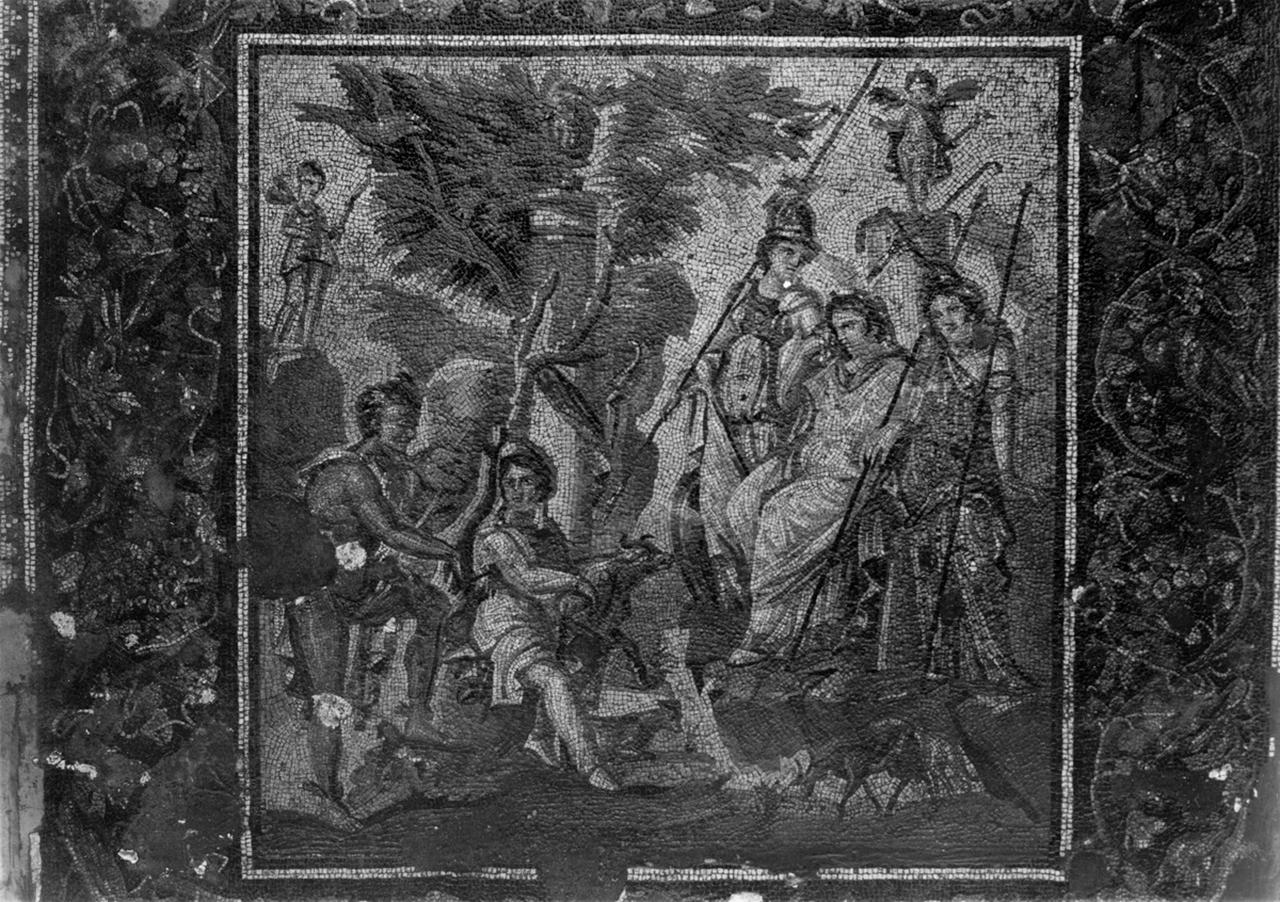
The exhibition also revives debate over past cultural expropriations. Experts have compared Gaza’s heritage losses with the plundering of ancient Antioch — now part of Hatay in southern Türkiye — between 1932 and 1939, when hundreds of mosaics were removed by French and American institutions under the guise of protection and restoration.
Of the 300-plus mosaics excavated from Antioch, Seleukeia Pieria (now Samandag), and Daphne (now Harbiye), most ended up in European and American museums such as the Louvre and the Baltimore Museum of Art. Only a fraction remains in Türkiye’s Hatay Archaeological Museum.